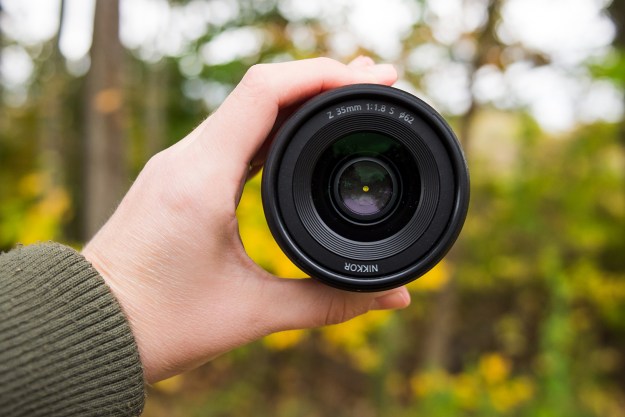So what causes this condensation and what can you do to mitigate its effects or avoid it altogether? Matt Granger is a well-known traveling photographer who recently posted a video to his channel answering just that question. If you often find yourself dealing with condensation or quickly going inside and outside in the cold then you will want to pay attention.
The most useful tip that Granger mentions in his video is actually just being careful about where you store your gear before going out. He encourages photographers to specifically avoid air-conditioned rooms before going outside in favor of leaving your gear in the trunk of your car or in a room without climate control to keep the gear as close as possible to the temperature outdoors.
Beyond that, another great trick Granger mentions is actually zip locking your gear in plastic bags before bringing it inside or out. This way there is no air transfer to cause the condensation and your gear can take 15-30 minutes to naturally get acclimated to the indoor or outdoor temperature without causing any condensation. This is a little annoying because it means not having access to your gear for a while, but the last thing you want is to have to replace a lens down the line because it started growing fungus.
So next time you plan on using your gear where there will be big temperature differences from location to location keep these tips in mind.
Editors' Recommendations
- Nikon’s new 800mm lens for Z-mount cameras lightens the load
- Google Lens is getting Chrome integration to help you find out-of-stock products
- Blurams Outdoor Pro facial-recognition security camera helps you screen visitors
- What does f/0.98 look like? The Nikon Noct is a monstrous lens you can’t afford
- Airline’s online booking tool helps you avoid screaming babies on flights


